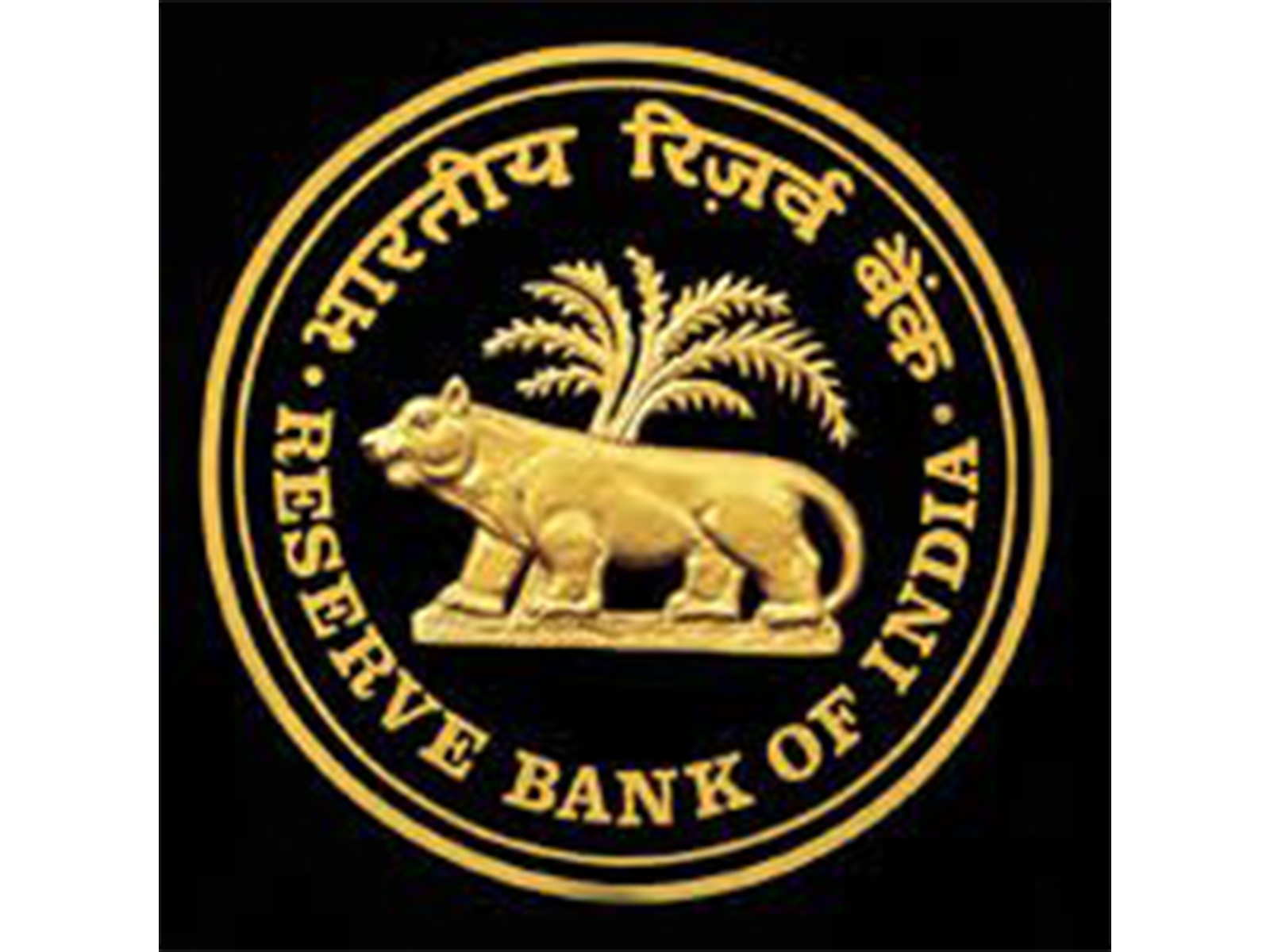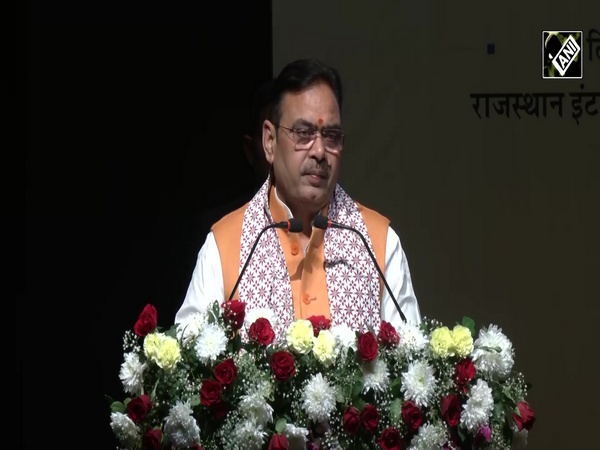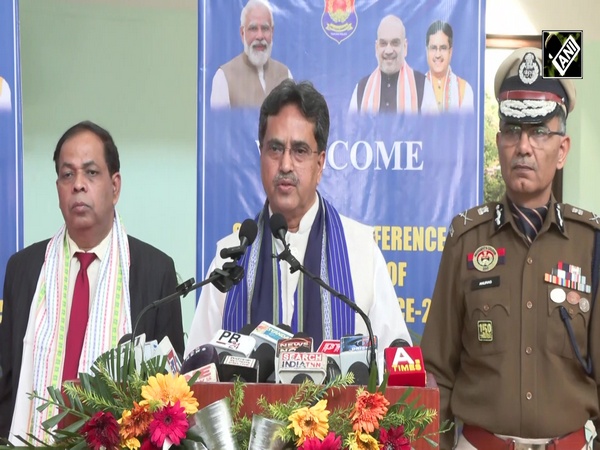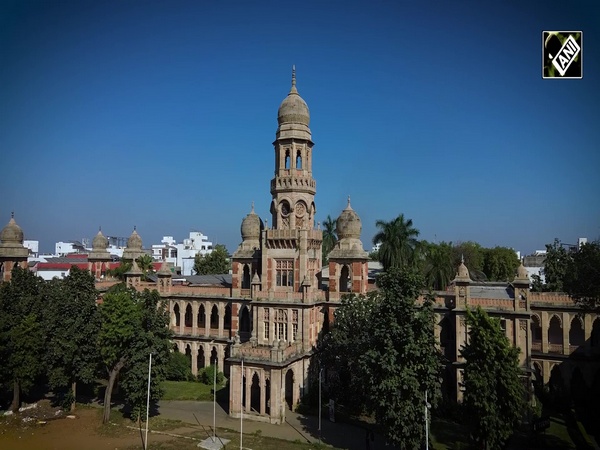India takes connectivity to new level; introduces 8 national high-speed road corridors spanning 936 km, with investment of Rs 50,655 cr
Aug 10, 2024

New Delhi [India], August 10 : Aiming to enhance logistics efficiency, reduce congestion, and improve connectivity nationwide, India took a significant leap by introducing 8 national high-speed road corridors spanning 936 km! With an investment of Rs 50,655 crore, these corridors are set to revolutionise connectivity and boost economic growth across India, posted MyGovIndia on X, the citizen engagement platform of Government of India.
These corridors will not only streamline transportation but also spur economic growth, making them a critical step forward in connecting India like never before.
The Agra-Gwalior corridor is designed to transform the journey to some of India's most iconic tourist destinations. Enhancing connectivity to the Taj Mahal, Agra Fort, and Gwalior Fort, this corridor will double the traffic capacity and cut travel time by 50 per cent. Tourists and locals alike will now enjoy faster, more efficient travel to these cultural landmarks, significantly boosting tourism in the region.
A vital link between West Bengal, Odisha, Andhra Pradesh, and the North-East, the Kharagpur-Moregram corridor is set to play a crucial role in regional development. By increasing traffic capacity by over five times, this project will greatly improve travel efficiency, making the North-East more accessible and fostering economic growth across these states.
This corridor is strategically important for linking industrial regions in Punjab, Haryana, and Rajasthan to major ports in Maharashtra. By enhancing logistics efficiency, it will boost industrial growth and support the seamless movement of goods across these critical industrial hubs, cementing India's position as a global manufacturing powerhouse.
The Ayodhya Ring Road project is set to transform the pilgrimage experience for millions of devotees visiting the sacred Ram Mandir. By facilitating quicker and smoother travel, this project will not only enhance the spiritual journey but also support regional tourism and infrastructure development, making Ayodhya more accessible to pilgrims from across the country.
The development of the Pathalgaon and Gumla sections of the Raipur-Ranchi corridor will provide a critical link between the mining areas of Gumla, Lohardaga, Raigarh, Korba, and Dhanbad with industrial zones in Raipur, Durg, Bilaspur, and Bokaro. This corridor will facilitate faster and more efficient transportation, promoting industrial growth and economic development in these regions.
The completion of the 6-lane National Highway Ring around Kanpur, through the Kanpur Ring Road project, is expected to reduce congestion and enhance traffic flow within the city. This project will not only improve travel within Kanpur but also ensure smoother and faster connectivity to other regions, transforming the city's urban landscape.
The Northern Guwahati Bypass project, which includes upgrading the existing bypass and constructing a major bridge over the Brahmaputra, will be a game-changer for connectivity in Assam. This project will greatly improve travel efficiency, reduce travel time, and support regional development, making Guwahati a more accessible and economically vibrant city.
The Nashik Phata - Khed corridor will significantly enhance travel between Pune and Nashik along NH-60. By reducing congestion around the bustling industrial area of Pimpri-Chinchwad, this corridor will foster industrial growth and ensure smoother transportation, reinforcing the region's industrial backbone.
These high-speed road corridors represent a stride towards realizing India's vision of seamless connectivity and robust infrastructure. As these projects progress, they are expected to not only transform travel but also catalyse economic growth, regional development, and industrial expansion across the nation. With these initiatives, India is poised to take a giant leap forward in its journey towards becoming a global economic powerhouse.



















